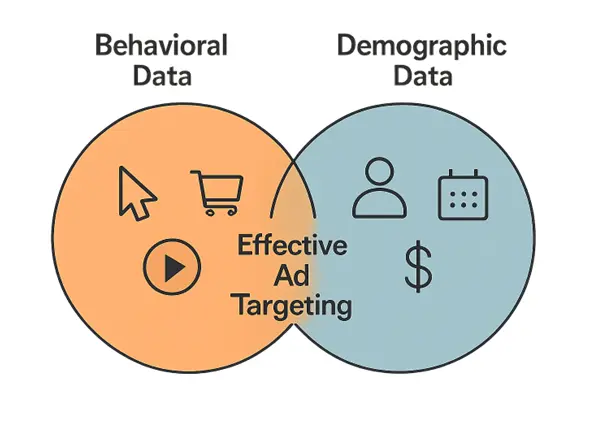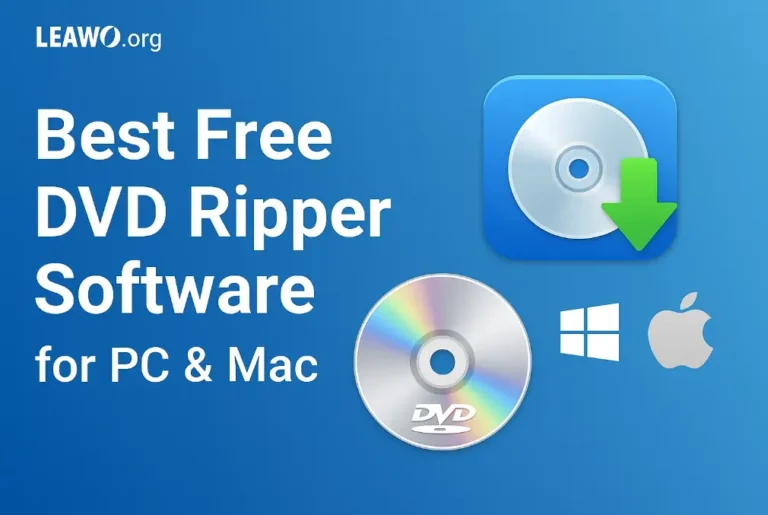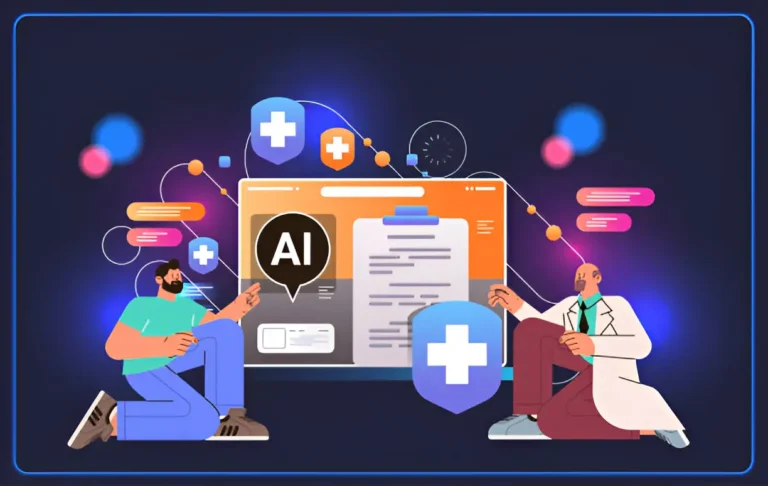Innovative Trends in Touch Panel Technology
Key Takeaways
- Flexible and foldable displays are revolutionizing device design and portability.
- Integration of artificial intelligence (AI) and machine learning (ML) is personalizing user interactions.
- Enhanced haptic feedback is providing more immersive touch experiences.
- Transparent touch panels are merging digital content with physical environments.
- Durability improvements are extending device lifespans in challenging conditions.
Introduction
Touch panel technology is entering a thrilling new era, fundamentally transforming how users interact with various devices across multiple industries—from sleek personal electronics and home automation systems to complex industrial machinery. The pace of innovation in this field has been driven by a unique blend of creative engineering and demands for intuitive user interfaces that work efficiently, delight, and engage. Businesses seeking the latest in reliable and adaptive technology are increasingly investing in HMI products for automation, which empower operators with control panels that are both highly customizable and robust. As touch panel technology matures, it no longer serves simply as a conduit for input; it has become a central digital platform, helping make machines and devices smarter, more interactive, and user-friendly.
Emerging applications across healthcare, education, automotive manufacturing, logistics, and smart homes are fueling the relentless adoption of advanced touch panels. Today’s expectations go beyond basic functionality—adaptability, real-time intelligence, and rugged resilience are paramount for consumers and businesses. This focus has resulted in a wave of next-generation touch panels that exceed previous technical and creative limits, tackling modern commercial realities with solutions that seamlessly blend the physical and digital worlds for a more immersive and responsive experience. Such innovation is helping bridge gaps, increase productivity, and drive positive change in how people interact with technology.
Flexible and Foldable Displays
Flexible and foldable touch panels signify a significant leap in device design, offering compact, pocketable products that unfold into generous interactive surfaces. These innovations are fundamentally reshaping what’s possible for smartphones, tablets, and wearables, providing end users with the convenience of portability without sacrificing screen size or usability. Leading brands now experiment with new form factors such as multi-angle hinges, expandable display areas, and rollable screens, all made feasible by advances in high-performance polymers and durable flexible glass. Devices capitalizing on this technology offer robust functionality and spectacular visual experiences, even after sustained folding and manipulation. With these dramatic improvements, the popularity of foldable devices is increasing steadily, empowering designers and consumers alike with an exceptional blend of versatility and screen real estate. For an in-depth look at these advancements, NBC New York covers Samsung’s latest foldable smartphones.
Integration of AI and Machine Learning
Artificial intelligence (AI) and machine learning (ML) are at the core of a rapidly growing revolution in touch panel capabilities, allowing for adaptive, personalized user responses driven by real-time data analysis. By leveraging sophisticated software, AI-powered touch panels can learn usage patterns, anticipate needs, predict commonly accessed apps, and present context-specific information that simplifies workflows and delights users. In dynamic industries such as retail, AI-enabled panels can recognize returning customers, improve inventory management, and offer personalized recommendations that can boost engagement and sales. In enterprise environments, these intelligent systems can monitor usage habits, automate facility processes, and deliver analytics dashboards tailored to individual users. This advanced level of responsiveness sets a new benchmark in user-centric design, making technology more approachable and powerful across all sectors.
Enhanced Haptic Feedback
Advanced haptic feedback is revolutionizing the way users experience digital touch interfaces, providing sensory cues that were once the domain of mechanical buttons or switches. With these refinements, users can feel subtle vibrations, textures, or pressure differences on the glass surface, which simulate real-world interactions and reinforce the sense of touch. This technological leap is particularly significant in applications that demand precise feedback: in gaming, haptics can immerse players in virtual environments; in the automotive sector, tactile cues help drivers adjust controls without looking away from the road, improving safety; and in professional training simulators, enhanced tactile output helps users practice skills in realistic digital settings. The evolution of haptic technology bridges the sensory divide between digital surfaces and tangible experiences, ultimately boosting reliability, user confidence, and satisfaction.
Transparent Touch Panels
Transparency has rapidly become one of today’s touch panels’ most defining and futuristic characteristics, especially as brands embrace augmented reality (AR), smart retail, and visually integrated office spaces. Transparent touch technology allows for seamless overlay of interactive digital content onto see-through displays without obstructing the physical environment, opening up new possibilities for uniquely immersive and functional design. For example, retail stores can transform their windows into interactive advertising screens, while collaborative workspaces employ transparent panels as digital whiteboards or wayfinding solutions. This technology relies on cutting-edge materials such as ultra-thin indium tin oxide coatings, which deliver excellent conductivity and responsiveness without compromising display clarity. As a result, transparent panels pave the way for remarkable display installations and AR-enabled applications that enrich the user experience aesthetically and functionally. The University of Melbourne explores the future of transparent displays and their impact on AR.
Durability and Environmental Resistance
The increased demand for dependable touch panels in rugged, high-stress environments has led to significant enhancements in durability and resistance to adverse environmental conditions. Modern panels are crafted with materials that offer impressive scratch and impact resistance, advanced coatings to repel water and oil, and sealing techniques that keep dust and moisture at bay. Touchscreens used in industrial automation can withstand daily exposure to harsh chemicals, extreme temperatures, or UV radiation without degrading or losing sensitivity. In outdoor digital signage, public kiosks, and the medical sector, long-term reliability is critical for reducing device replacement costs and ensuring continuous operation in scenarios where downtime is not an option. These improvements directly contribute to reduced total cost of ownership and enhanced safety, enabling consistent and long-lasting performance in the field.
New Applications in Industry and Daily Life
As the convergence of intelligent systems, tactile feedback, and durable construction progresses, the range of applications for modern touch panels continues to expand. In manufacturing plants, touch panels serve as central control points, allowing workers to monitor and adjust processes with real-time insights, streamlining operations, and minimizing human error. In the healthcare industry, interactive touchscreens are now found at the bedside and in diagnostic labs, enabling doctors and patients to quickly access medical records, imaging, or patient monitoring data with a swipe or tap, improving care quality and efficiency. The automotive market is rapidly integrating touch panels for infotainment and safety functions, helping create cockpit environments where controls are accessible, intuitive, and safe to use even under demanding driving conditions. This trend toward broad adoption is mirrored in everyday consumer products, where smart appliances, home security systems, and educational devices all benefit from the latest advances in touch technology.
Conclusion
Touch panel technology is blazing a trail of innovation, fundamentally redefining human-machine interaction as we know it. With developments in form factors such as flexible and transparent displays combined with artificial intelligence, sophisticated haptic feedback, and improved environmental resistance, the technology is expanding its footprint into every corner of the digital world. These advances are not just future concepts; they are already shaping superior automation, more engaging user experiences, and seamless connections among people and their devices, for businesses and consumers aiming to maximize the potential of interactive displays. Modern breakthroughs supported by advanced HMI products for automation offer powerful new tools for a more productive, connected future.
Post HTML
Read more: How to Choose the Right NetSuite Support Partner: A Complete Guide » Dunkin Donuts
Why Procure to Pay Software Must Embrace eSourcing Integration






